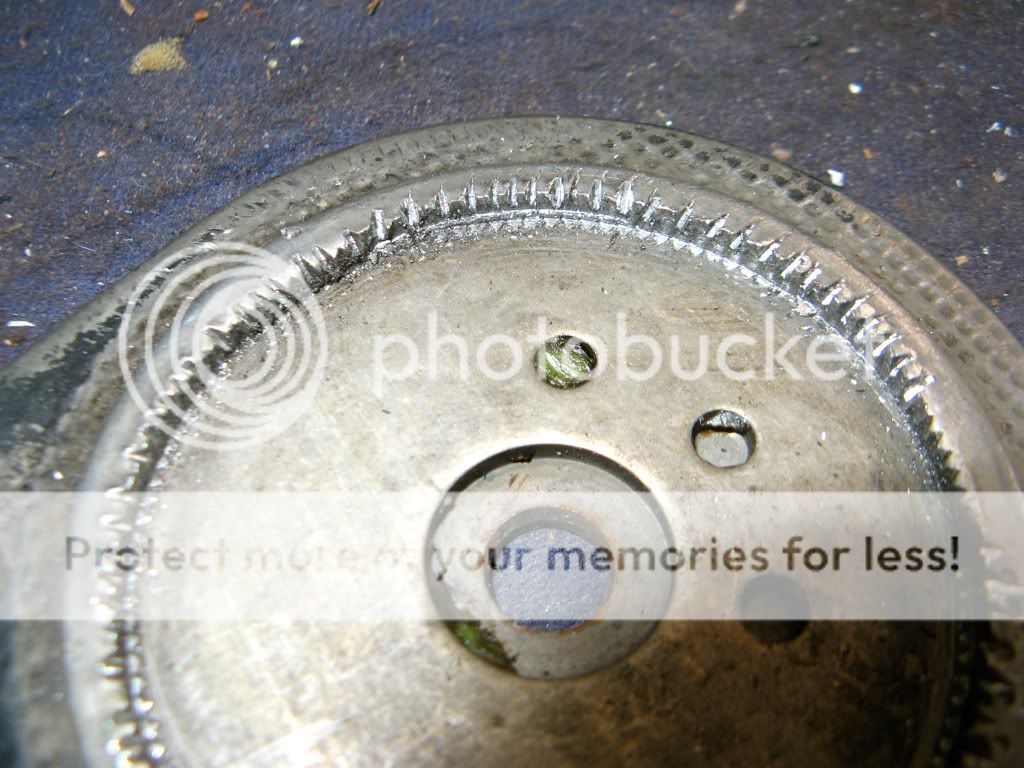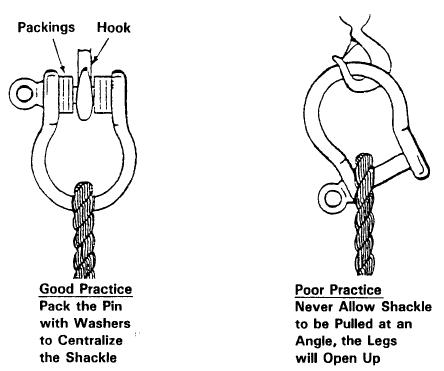Our Oka is a bus model converted to a motorhome so there is limited internal space for storage of heavy spares, except in the rear hatch area. However that area is behind the rear wheels and, with a heavy spare wheel gate mounted across the rear, results in a lopsided (lop-fronted?) front/back weight distribution.
So I'm always on the look out for additional external storage areas on our Oka, especially low down (for heavy objects), to relocate weight from the rear to the front/middle and to free up rear space.
For sometime now I've been eyeing up the cavernous space under the front wheel arches. We previously fitted water tanks under the wheel arches of an old Land Rover for a round the world trip so I know it works, if you leave sufficient space for wheel movement.

|
The huge space under the front wheel arches was just begging to be used |
Further on I've describe how I made use of this space with some simple boxes, accessed from under the seats, but first, here are some of the external storage spaces we've already used.
Spaces Already Used
Making use of the wheel arch space came only after we've already used pretty much all the obvious spaces on the Oka:
- the area behind and alongside the fuels tanks for:

|
10 litre removable waste water tank and 4.5 kg gas bottles |
- the space outside the RHS fuel tank for a thin water tank (made from 90mm PVC pipe to hold 25l of shower water),
 |
- 25 litre "snake tank". People called it a snake tank, so Janet painted a serpent on it.
|
- the space behind and below the passenger seat (directly opposite the air filter) for:

|
A 3rd battery. There is still a big unused space above the battery. |
- the spaces under the rear bull bars for:

|
A reserve gas bottle on the LHS 
| A frame for a jack and 2 axles stands on the RHS (empty in this photo) |
|
- the space behind the front mud flaps for:

|
Water containers and air compressor controls on the LHS 
| A box for recovery gear on the RHS (winch strap, bow shackles, rope etc) |
|
the space below the centre of the floor for 2 water pumps, gas regulator, and gas and water tank change over taps (accessed via a floor hatch).
|
Internal floor hatch |
- on the front bullbar a Hi Lift jack is stored, together with 2m of 125mm PVC pipe used to hold awning poles, sand flag pole, antenna poles,

|
Hi Lift jack and pole storage pipe on front bullbar |
- on the rear wheel ladder we have a coiled airline pipe, water hoses, a pair of levelling wedges and a long handled spade,

|
The rear gate is full up with stuff |
- the rear hatch internal space is modified to use as 4 separate tool boxes, with the top as a work bench.

|
Rear hatch tool box mods 
| Rear hatch in use as a tool box and work bench |
Front Wheel Arch Space |
The space between the top of the front tyre and the bottom of the floor plate is at least 200mm at the absolute maximum possible travel of the suspension (with 285 x 19.5 inch tyres), so I have fitted a 125mm deep box under each wheel arch, which should allow adequate worst case clearance.

|
Storage box mounted under the drivers seat. It would be better if they fitted right across the available space. The shock absorber has room to move and its bolt is still accessible. |
I did have to identify possible strong points for mounting the boxes and watch for the location of, and access to the shock absorber mounts. These limit the available width of the boxes to about 200mm, without intruding on the wheel spat area, or making the mounting/sealing arrangements unnecessarily complex.
I happened to have a long aluminium box originally designed to hold 2 jerry cans on a roof rack, so I cut it in half, blocked up the open ends and fitted some mounting angles to the tops. At 500mm long, they are not quite as long as I would have liked, but beggars and choosers etc. It would be better if the boxes stretched the full 700mm right across the wheel arch to reduce the number of cavities that mud, water and dust can penetrate.
It would be an easy job to fabricate or adapt some simple boxes to fit. I did initially look at adapting some small steel tool boxes or army surplus "ammunition" type boxes before remembering my nice long aluminium box. Plastic boxes should be avoided however, since they will be exposed to high speed rocks, sand and water thrown up by the wheels, not to mention shock and vibration.

|
A long aluminium box cut into 2. |
Access to the Boxes
Access is via a simple hatch door under the seat as they are intended for storage of rarely used items, such as wheel bearings, UJ's etc. You wouldn't want to store often used items here since removing the seat is a bit of a pain, but a side access plate could be fitted, bearing in mind it will be exposed to the elements and wheel driven sand, water, rocks etc., and it would need to be very secure.

|
Access hatch under the seat. 
| Simple slide-in hatch covers, held in place by M6 captive nuts. |
Mounting the Boxes |
The seat frames provide suitable strong points for mounting the boxes as you don't want them to fall off, scattering your spares along the track. However, the bottom of the front base of the seat sits quite close to the frame so thin headed bolts (countersink or no washers) will be required or the seat fixing won't locate correctly. I used M8 bolts.

|
Hatch cover in place. Note the mounting bolts on the seat frame. The 2 other bolts are close to the door frame. |
While preparing the wheel arch I discovered (actually re-discovered) some rust holes in the floor plate around the seat frame. These needed to be treated before mounting the boxes.
I painted the boxes with under-seal for protection, and fitted thick foam sealing strips around the top surface (since the bottom of the floor pan is not flat) to reduce the ingress of the aforementioned mud, water and dust. I am always torn between fully sealing a container to keep out water and dust, or accepting the inevitability of leaks and fitting drain plugs. For these boxes I've attempted both. I've sealed them as best I can but provided blanking plugs on the bottom so that any water/dust that does penetrate can be more easily removed.
The Contents
The boxes have a volume of around 10 litres each, which doesn't sound much, but it's surprising how many spares you can fit into such a space.

|
The access hatch is around 150 mm square, but could be longer. The kinds of things we store in these boxes are: | - Wheel bearings and cups (1 of each type), lock washers and tab bending puller
- Bearing locknut socket (2 1/2 inch box spanner)
- Freewheeling hub spares (the plastic bits inside can break)
- Gear ball joint
- Oil seals (rear hub)
- Spare UJ
- Brake pads (1 of each type), calliper springs, screws and clips
- Clutch cable (old but suitable for repairing clutch, throttle and handbrake cables)
- Gas bottle to airline pipe (emergency "air" supply)
- Hi Lift jack extension (for winching)
- Hi Lift jack overhaul kit (actually the old bits after overhaul)
- Lift Pump and gasket
- Suspension pins and bushes
- U-Bolt and nuts
| I wrapped the heavy items in bubble wrap to protect them both from vibration and the possiblilty of water damage. | The result is that I have relocated more than 10kg of weight from our rear compartment to a lower point, nearer the front, and I've also freed up 20 litres of space in the rear. |












